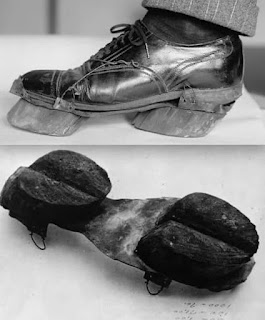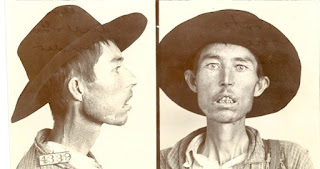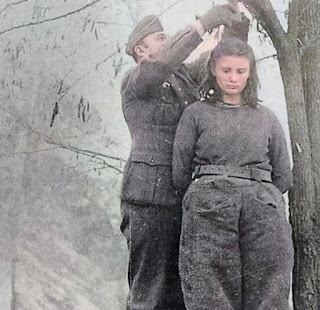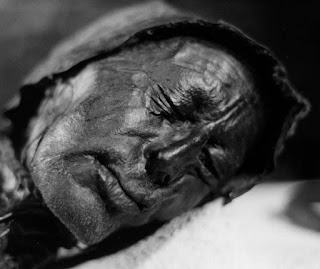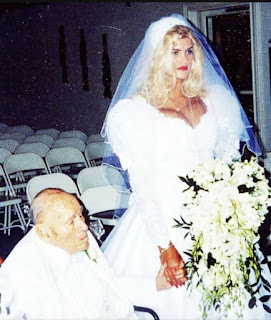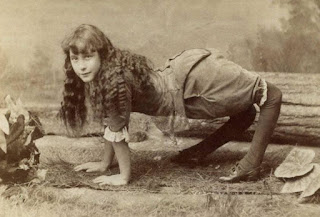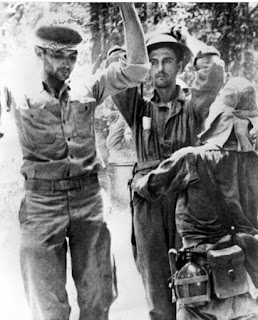A dugout canoe measuring 15 feet in length was discovered in Wisconsin's Lake Mendota recently

Using advanced technology, experts have determined that the canoe dates back to approximately 1,200 years ago. As the well-preserved canoe was retrieved from the lake, Wisconsin state archaeologist Jim Skibo remarked, "This is the first time this thing has been out of the water in 1,200 years.” The remarkable find was brought to the surface in November 2021 after being spotted by maritime archaeologist Tamara Thomsen, who was observing a school of fish at the lake's bottom. Thomsen noticed a protruding log on the lakebed and upon closer inspection, identified it as a canoe. A wood sample was sent for carbon dating, revealing an astonishing result—the wood dated back to 800 A.D. Thomsen had discovered a 1,200-year-old canoe. The canoe is believed to have belonged to ancestors of the Ho-Chunk Native Americans, who constructed dugout canoes by burning the inside of logs and shaping them with stone tools. "Consider cutting down a t...
